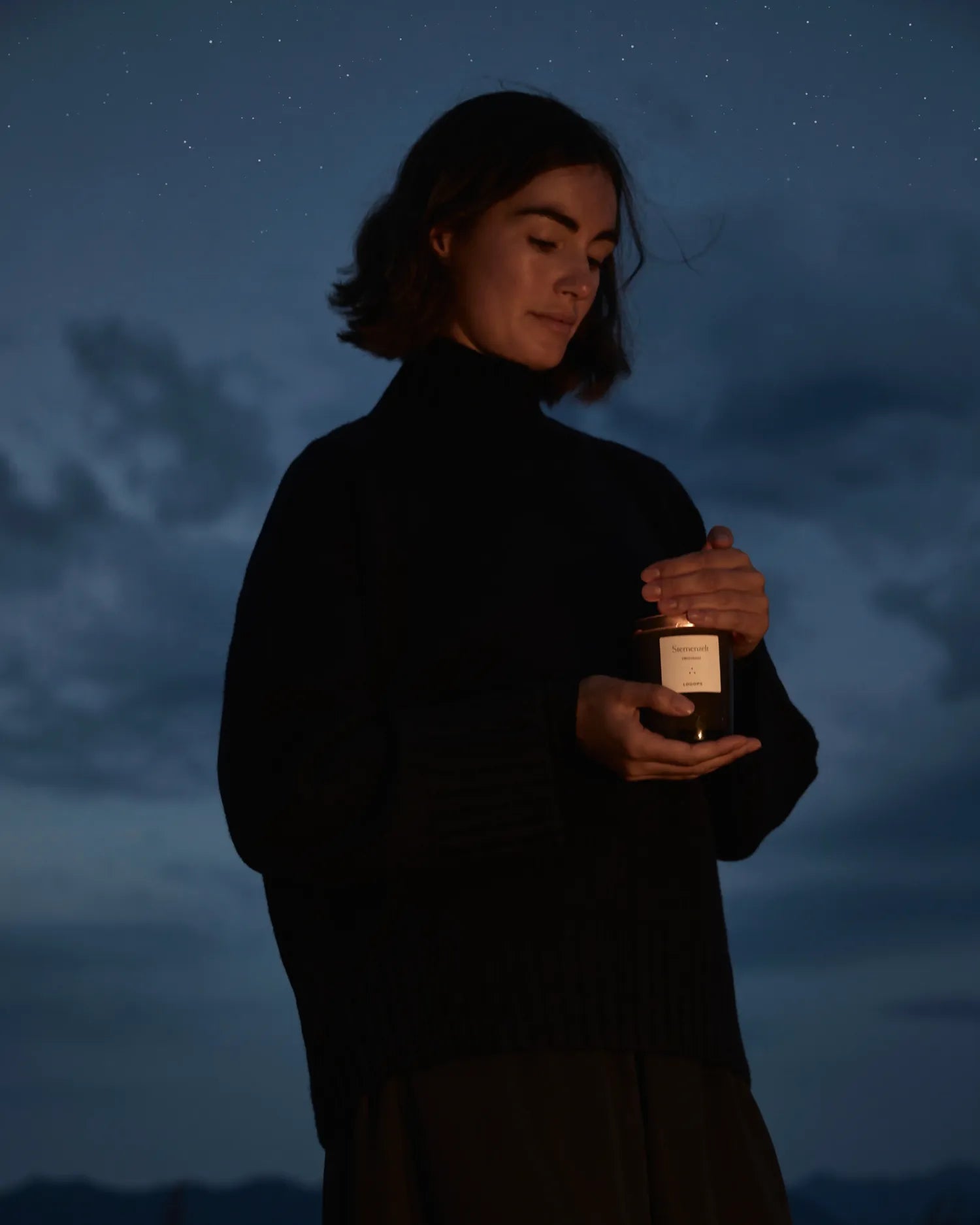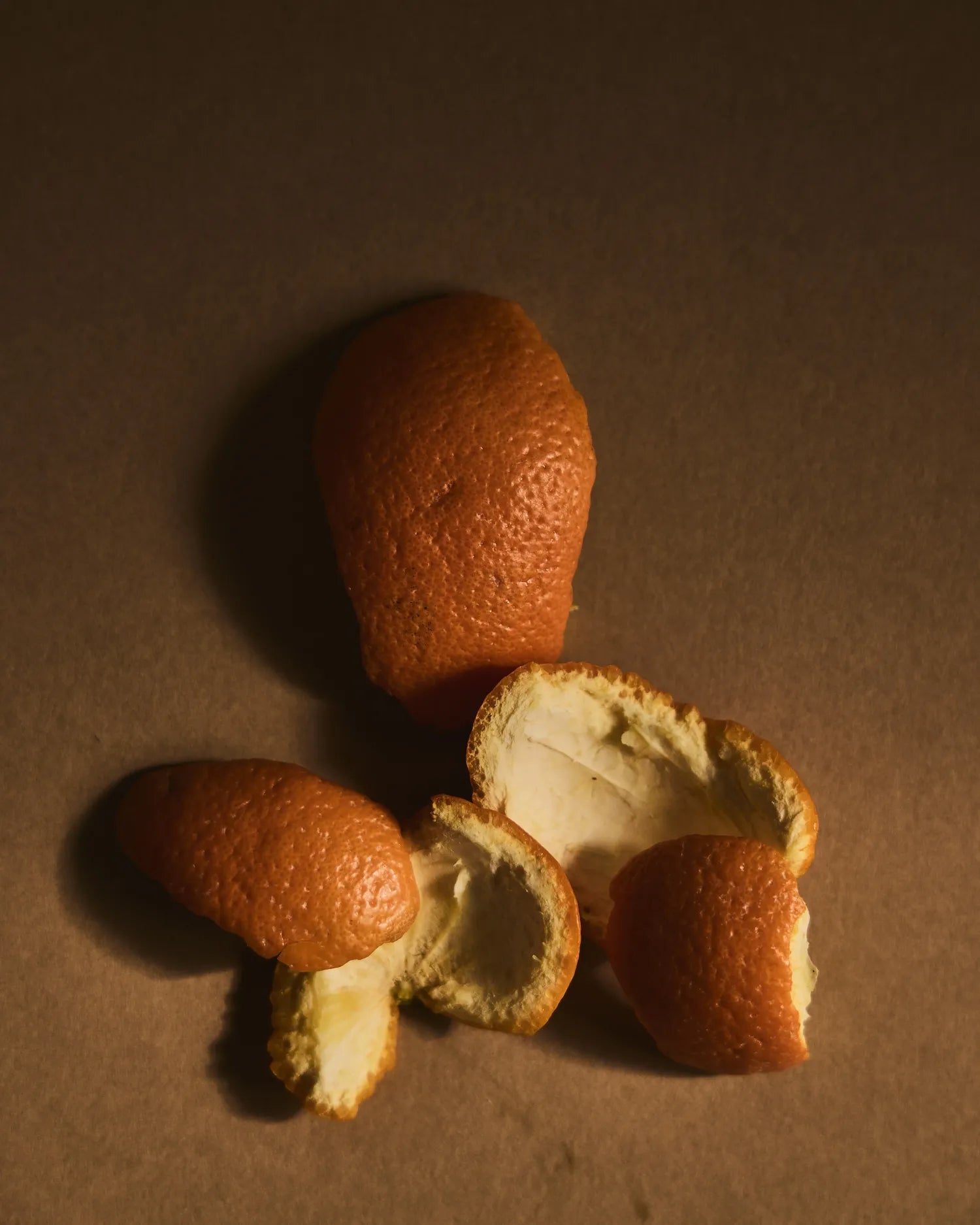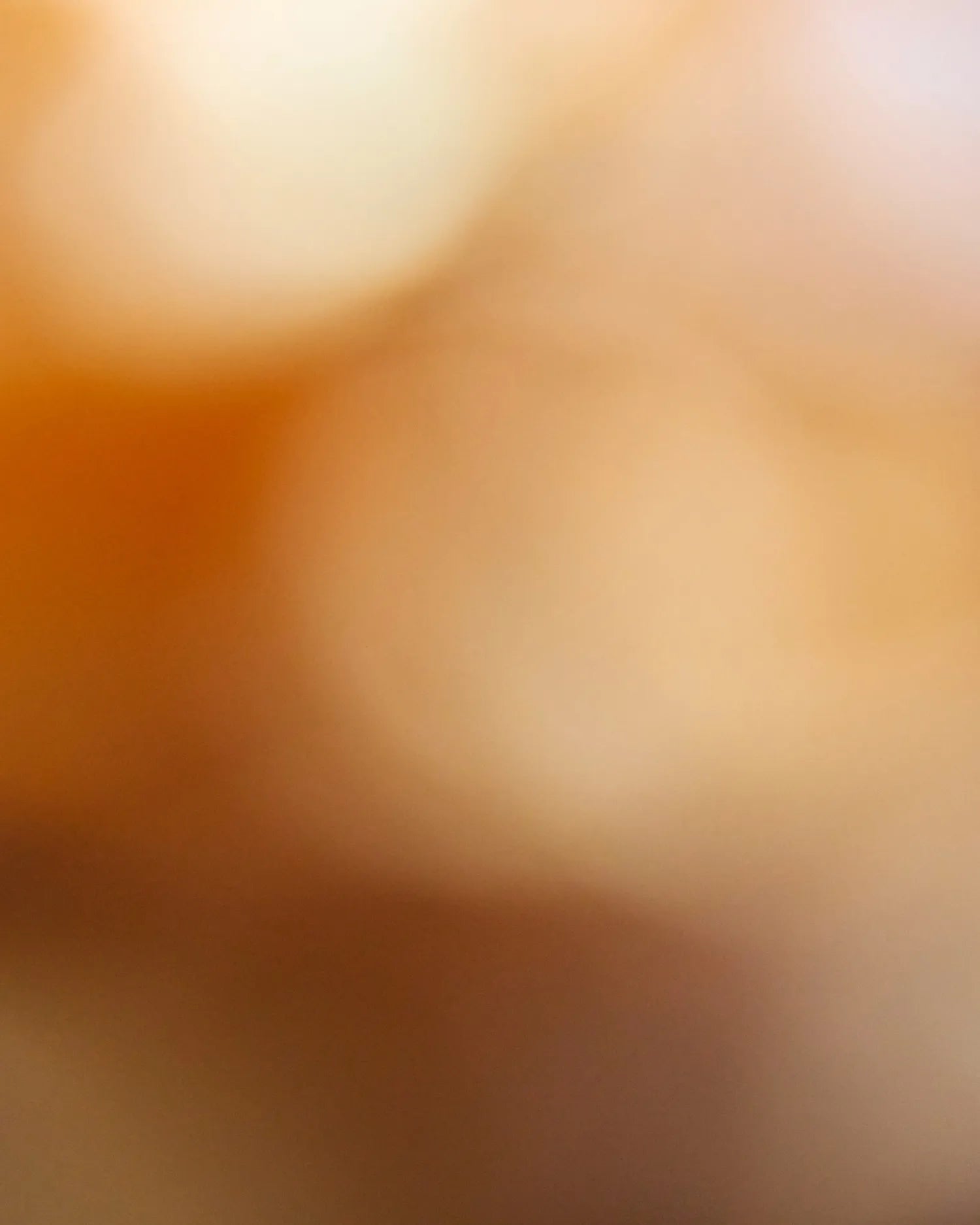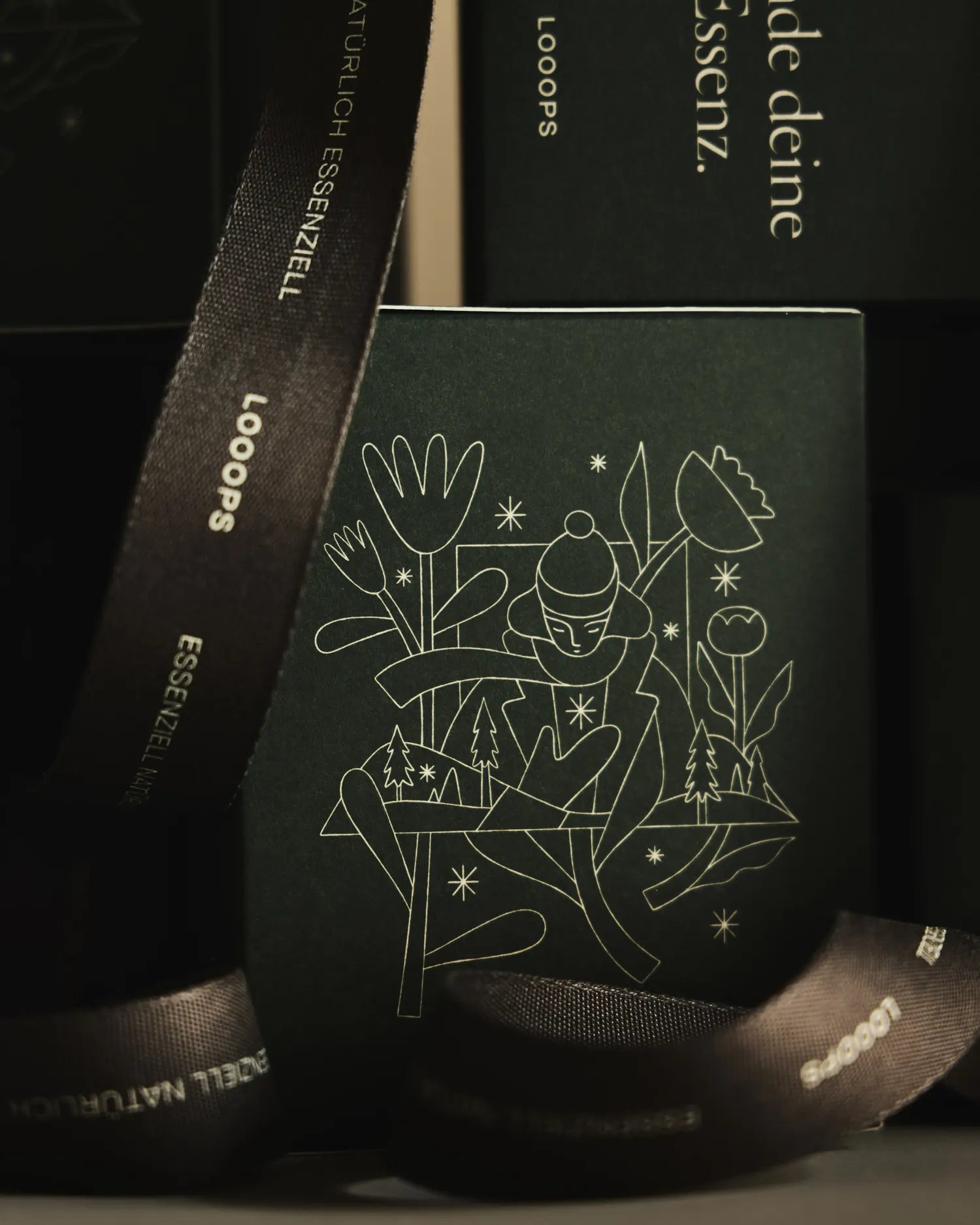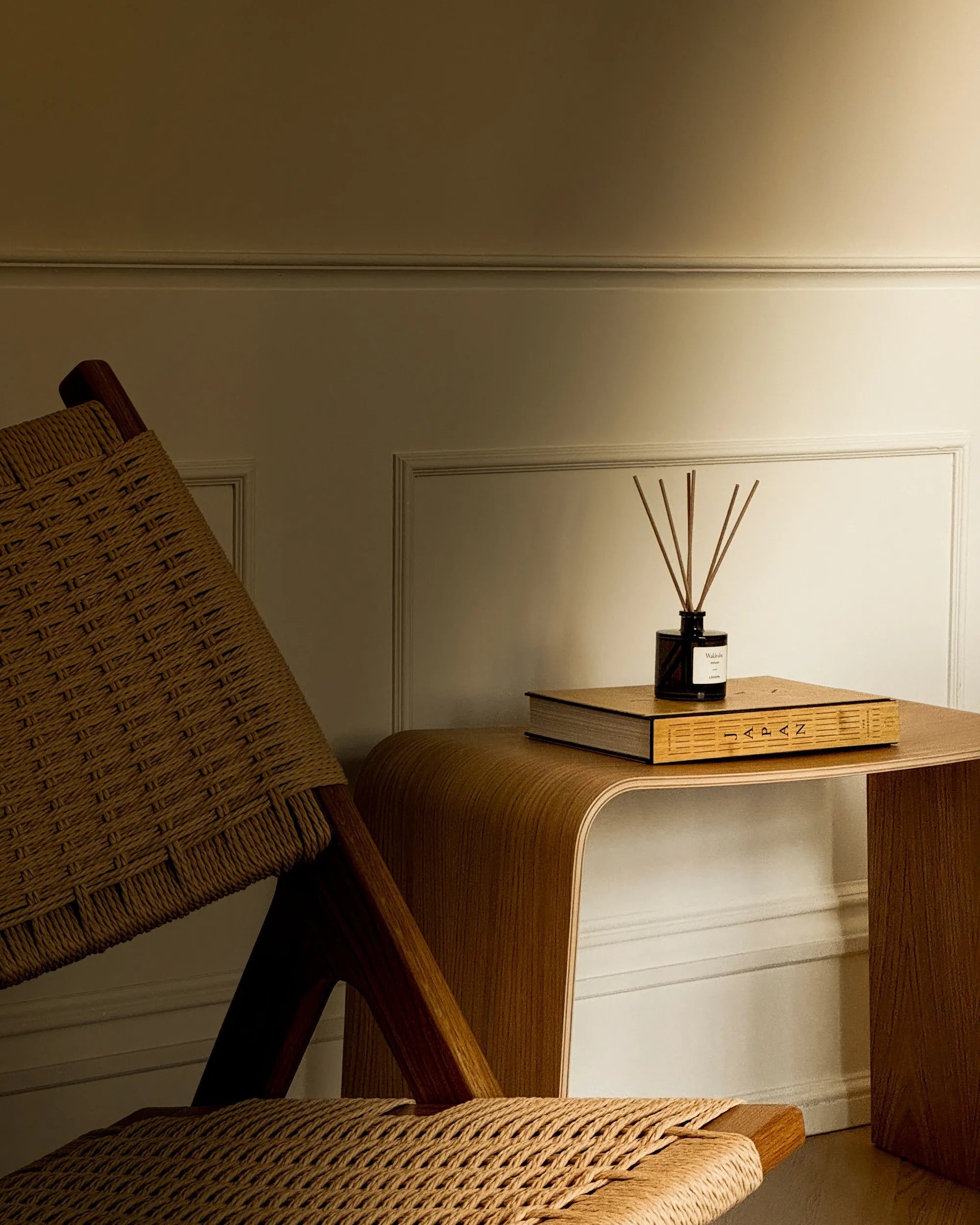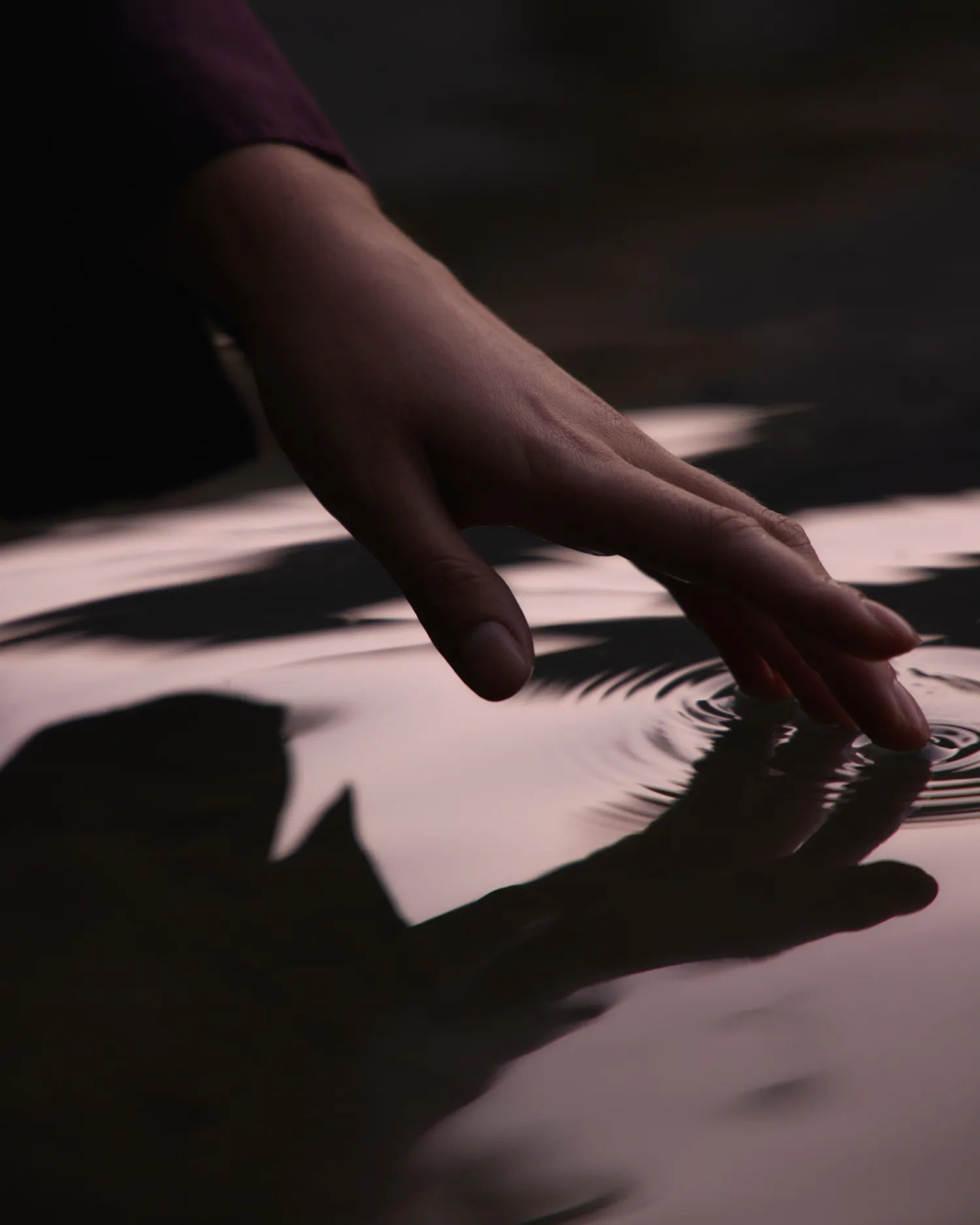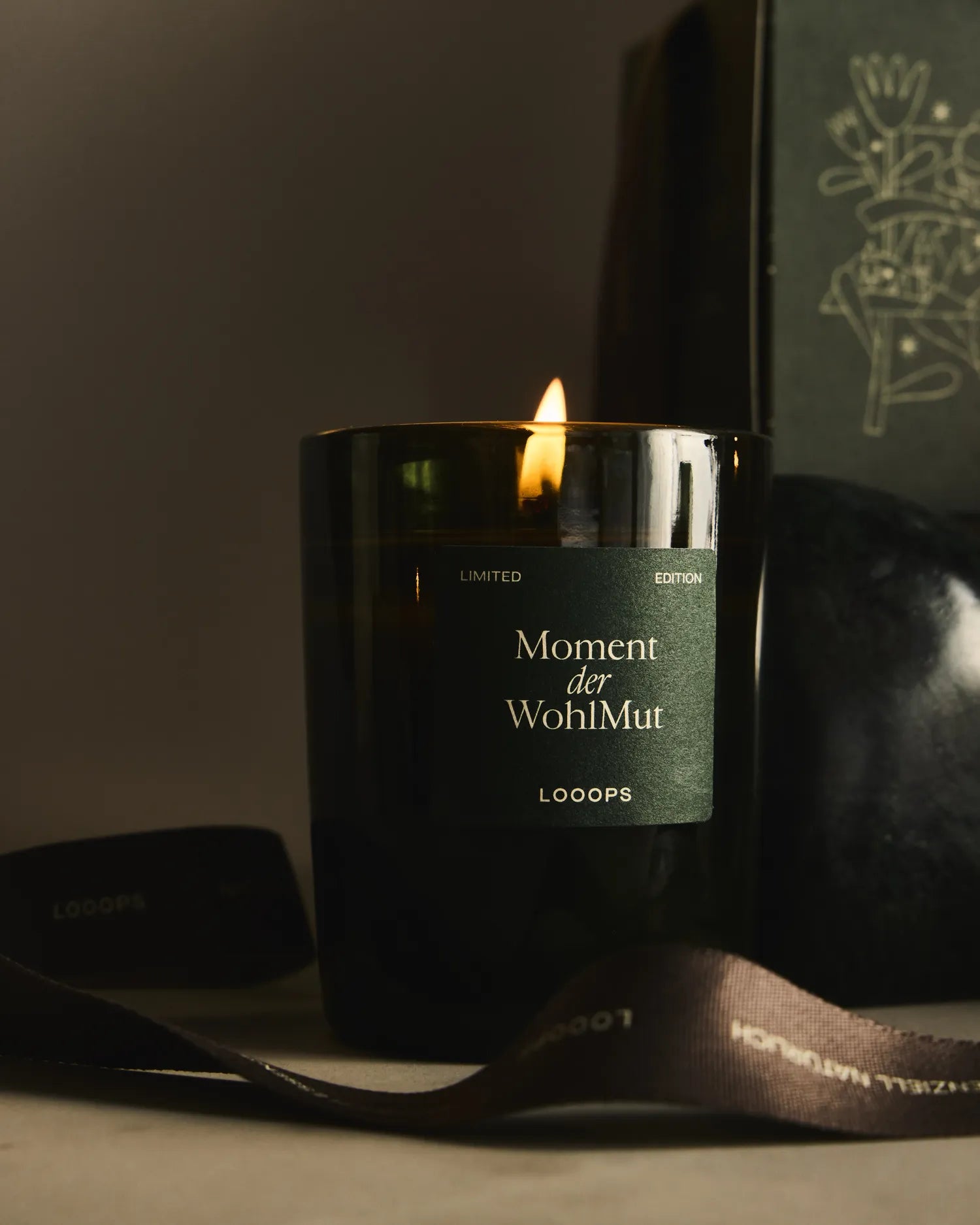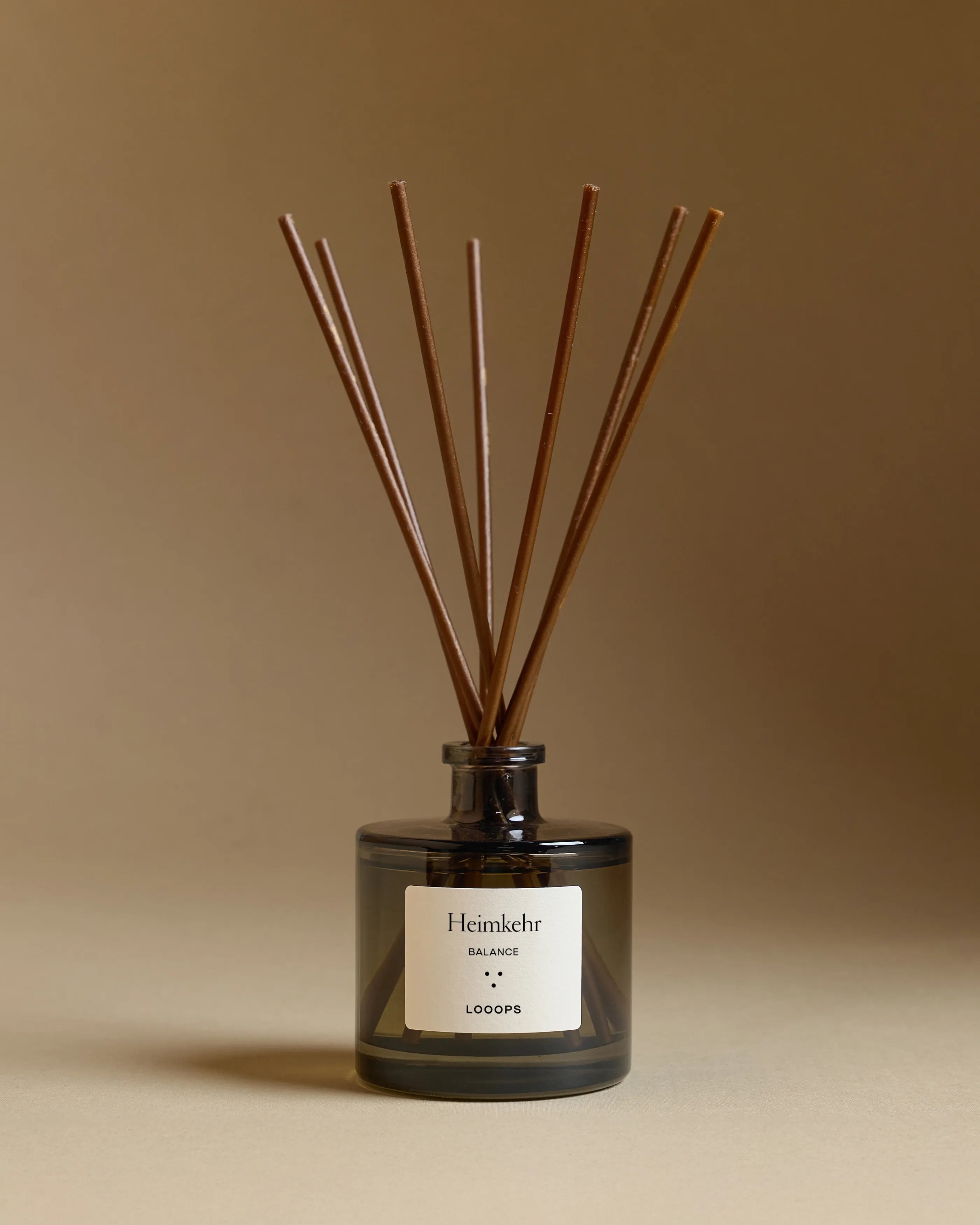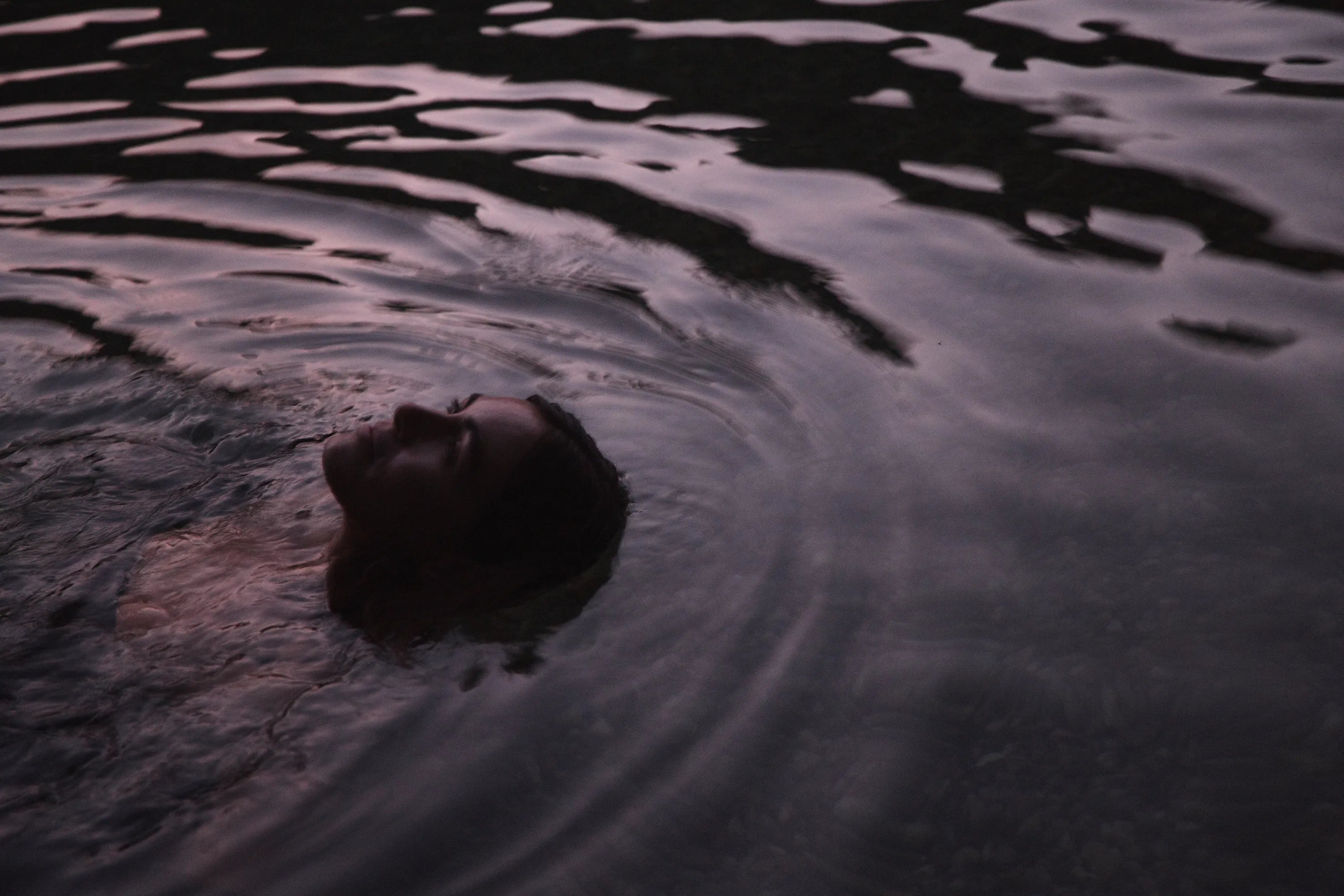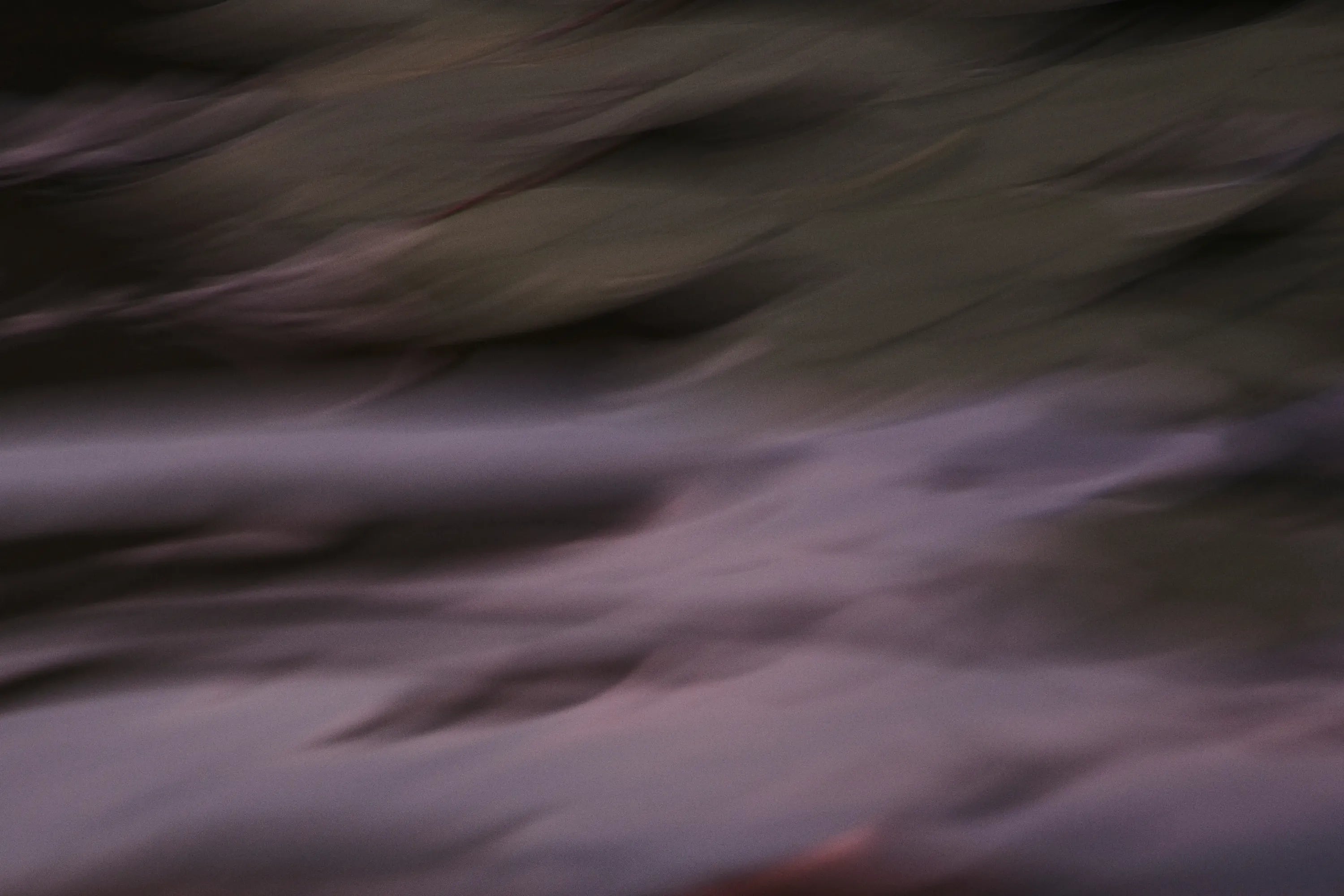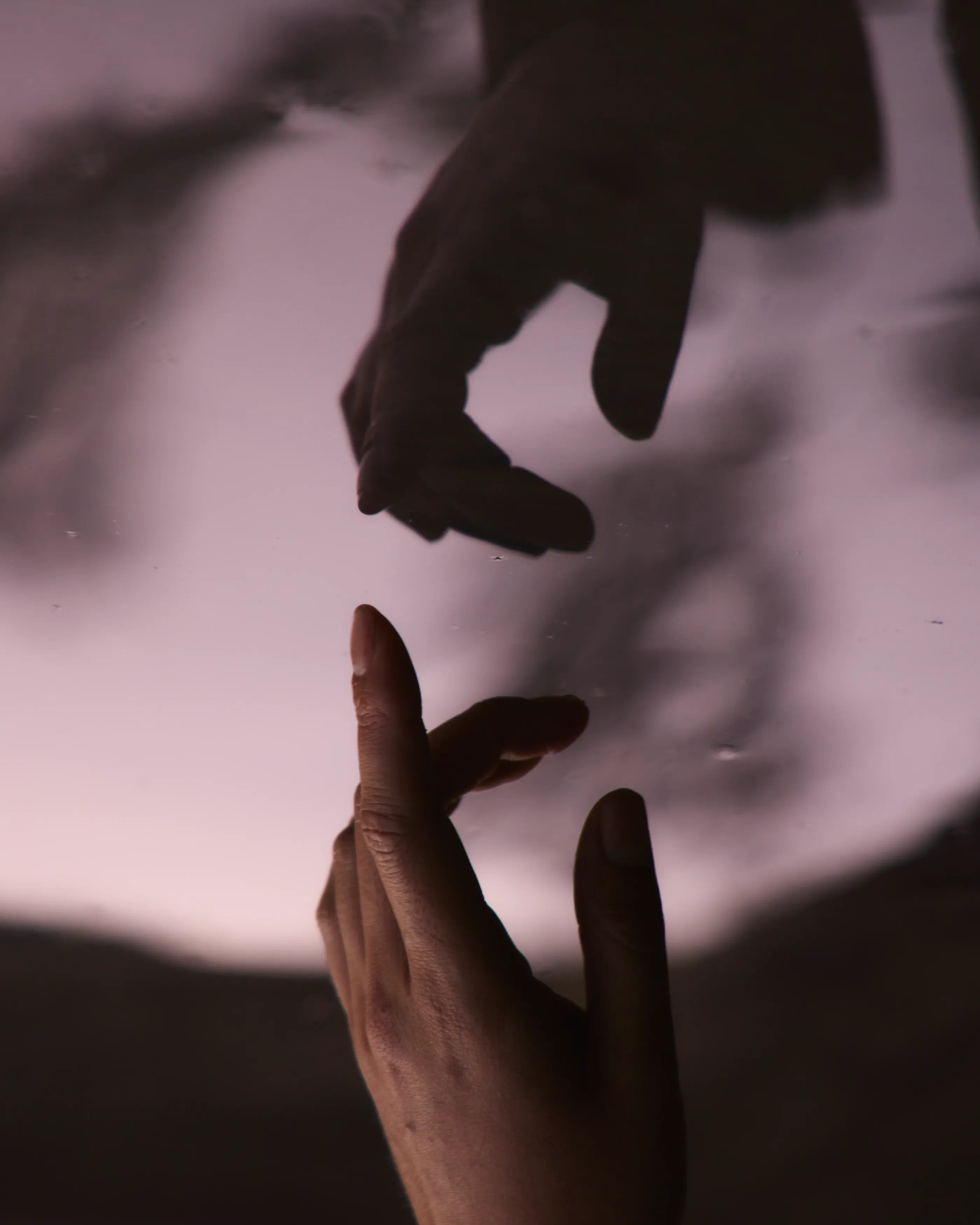
The search for the essential.
What remains when everything external falls away? Who am I - without roles, without expectations? I breathe. I feel. I perceive. But where does what really matters - connection, love, happiness - live?
The journey of discovery to our inner core is quiet. But deep. And unfortunately rarely comfortable.
Let yourself be taken along:
Who am I?
I am many.
Interrupt the everyday.
Find clarity.
Recognize the essentials.
Feel connectedness.
Who am I?
Am I my name, my appearance or my profession? Am I the roles I play in the family or in society? Mother. Husband. Entrepreneur. Colleague. Am I what others think of me? Or what I think of myself? And, if so, can I change it?
We go through different phases of life, change jobs, places, relationships. We question attachments, discover new sides to ourselves - again and again. Our freedom to change has never been as great as it is today. And yet, we still want to be able to find our place in a world that has become more complex. Behind this is a basic need: safety and security. We want to be needed. And to belong.
I am many.
"Who am I - and if so, how many?"
A reflection by the German philosopher Richard David Precht. And a question that reveals more about our inner life than many answers. Sigmund Freud already pursued this idea with the terms "id, ego and superego". The American Dr. Richard Schwartz speaks of the "inner family system" - a coexistence of different parts of the personality.
So we are not alone in our search for our essence - we are in good company. There is the doubter. The brave one. The inner child. And perhaps the version of us that already knows how it could work. Every voice within us knows something - if we are willing to listen.
And then there are the two wolves from the well-known Native American story: the good wolf, who stands for joy, love and hope. And the bad wolf, who is full of envy, greed and arrogance. Which one will be stronger? The one we feed. With thoughts and deeds.
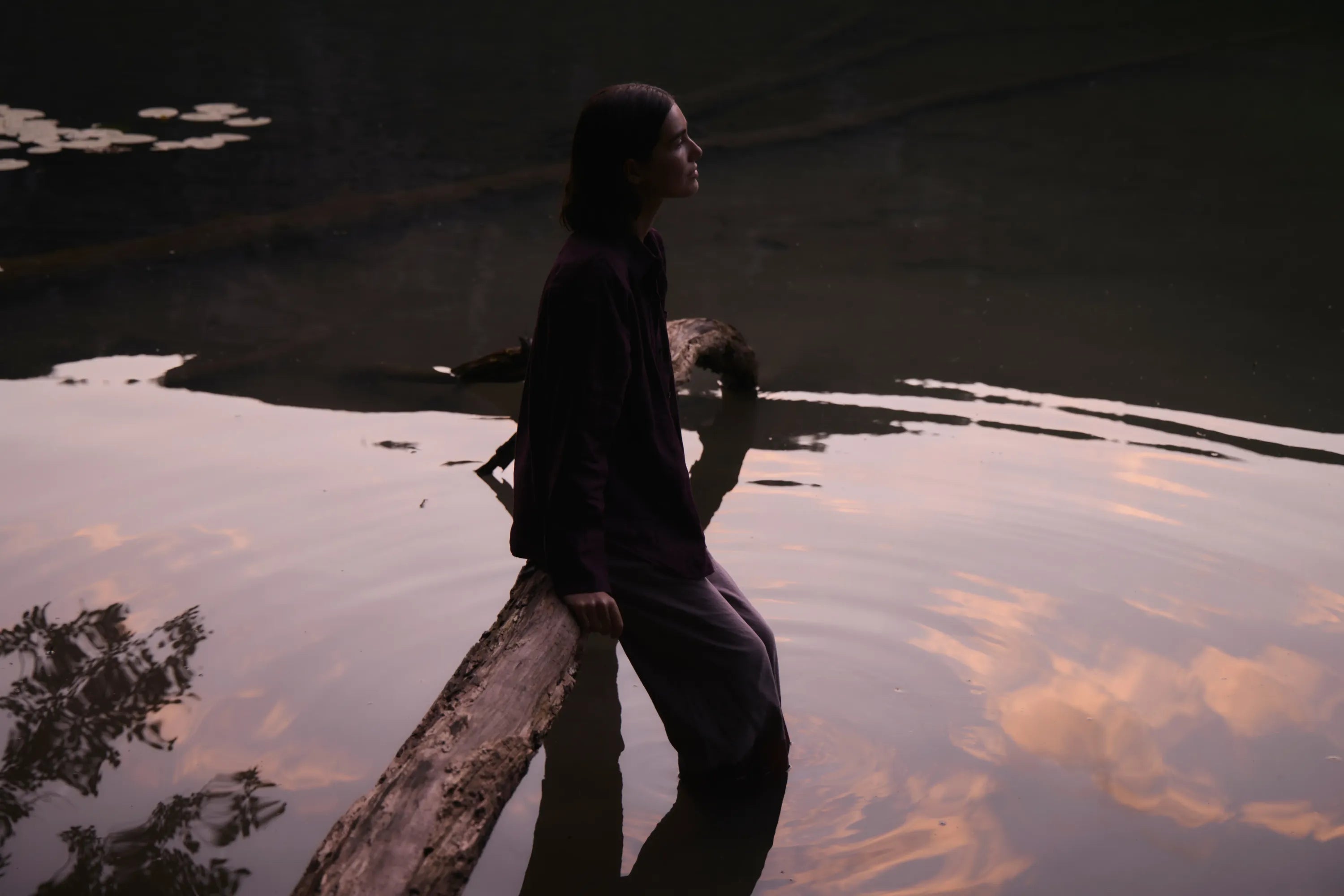
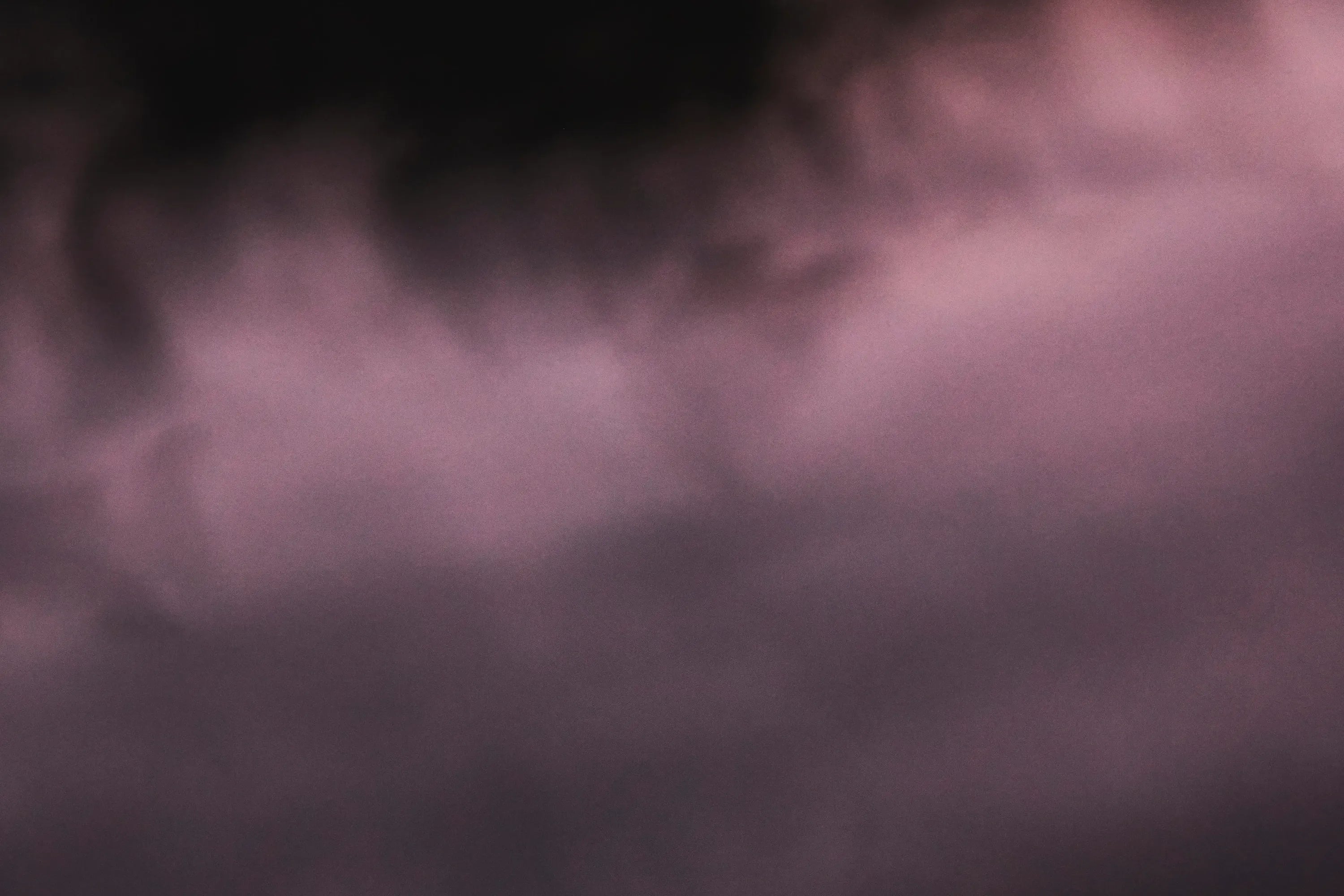
Perhaps that is the essence: we carry a lot within us - and are never just one version. But it takes courage to face this diversity. And the will to leave the beaten track.
The everyday interruption.
We move between the poles of change and stability. Today we are drawn out into adventure - tomorrow back to the protection of our own four walls. We are changeable. But our true nature often only reveals itself when we slow down and turn down the outside world.
We can't find explanations for our existence as long as we rush through life, work through to-do lists and lose ourselves in stimuli. The solution: mindfulness - on a small scale, in everyday life. The Zen monk Thich Nhat Hanh also teaches this: when brushing your teeth, reaching for the fridge, before scrolling - pause. Breathe in. Breathe out. Just be.
The calmer we become, the clearer we look inwards. And the clearer it becomes what really defines us.
Find clarity.
Sociologist Aaron Antonovsky uses the term "sense of coherence" to describe three things that we need to be in Einklang with ourselves:
1. We understand what is happening around us.
2. We feel capable of overcoming challenges.
3. And we recognize meaning in what we do.
Those who are honest with themselves gradually recognize their own truth: What has shaped me and made me the person I am today? What does my heart burn for? What values do I want to live by?
Our shadows can also be part of this introspection: How do I deal with fear? What happens when I am angry? What beliefs prevent me from realizing my dreams?
You are not a drop in the ocean.
You are an entire ocean
in one drop.
You are not a drop in the ocean.
You are an entire ocean
in one drop.
Recognize the essentials.
Dancing, painting or playing the guitar - what inspired you as a child? Sometimes, as we get older, we lose touch with what moves us and makes us happy. Conversely, there may also be a cherished activity that has always been part of our lives.
When we immerse ourselves in such an activity - and forget space and time - we are in flow: a state of lightness, as happiness researcher Mihály Csíkszentmihályi describes it. Then the mind steps back. And the feeling takes over. It seems plausible that we are closest to our essence in moments like these.
This question also brings us closer: what remains when we leave? Those who come to terms with their own finiteness often recognize more clearly what is important - and what leaves traces.
Feel the connection.
The path to our own self is a silent dialog with our inner self - and at the same time an encounter with others. After all, we are not just individuals, but also part of a larger whole. Every small change that we make possible within ourselves has an effect beyond ourselves. Everything is connected - within us, around us, with each other.
The connection to ourselves and to the world that surrounds us - that is the essence of our being.
